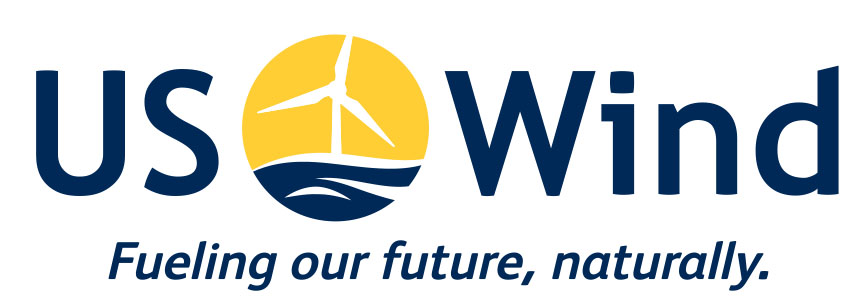Clean energy is increasingly powering the U.S.
Over the last 70 years, the demand for energy in the United States has soared and the production hitting a 700% increase. In 2018, a record-high 101.3 quadrillion British thermal units (Btu) was consumed in the country, according to the U.S. Energy Information Administration (EIA) —setting the largest increase in history.
While 80% of the total energy consumption was through fossil fuels, coal has been steadily declining in the past five years. The EIA notes that “coal-fired power plants continued to be displaced by newer, more efficient natural gas and renewable power generation sources. In 2018, 12.9 gigawatts (GW) of coal-fired capacity were retired, while 14.6 GW of net natural gas-fired capacity were added.”
Renewable energy consumption has risen dramatically at 11.5 quadrillion Btu in 2018, a 3% increase from the previous year, which made up 17% of the national energy mix. Wind and solar power are gaining their momentum, with 8% and 22% increase respectively.
University of Michigan’s Center for Sustainable Systems published a factsheet highlighting renewable energy has found wind as the fastest growing renewable source, accounting for 2.4% of total energy used in the United States. In addition, an article from USA Today found that in six states, more than half of energy comes from renewable sources. There are 18 states each that rely on wind or solar as the largest renewable energy producer.
The top 10 states that produce the most renewable energy are Vermont, Idaho, Washington, South Dakota, Maine, Oregon, California, Montana, Iowa, and Kansas. The state that least produces renewable energy is Delaware.
